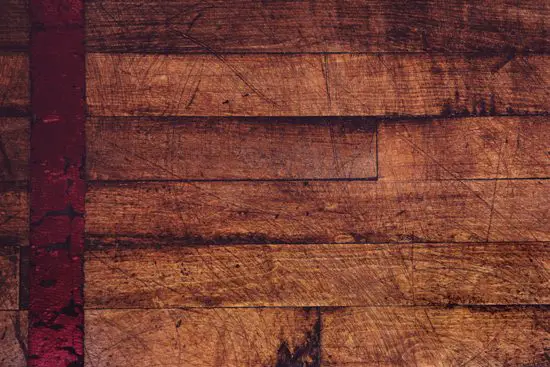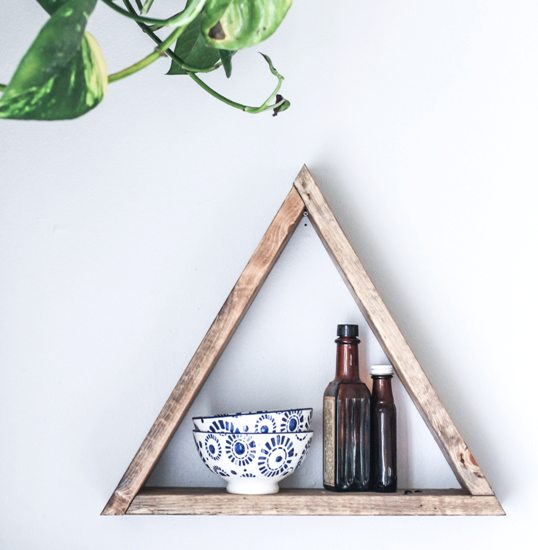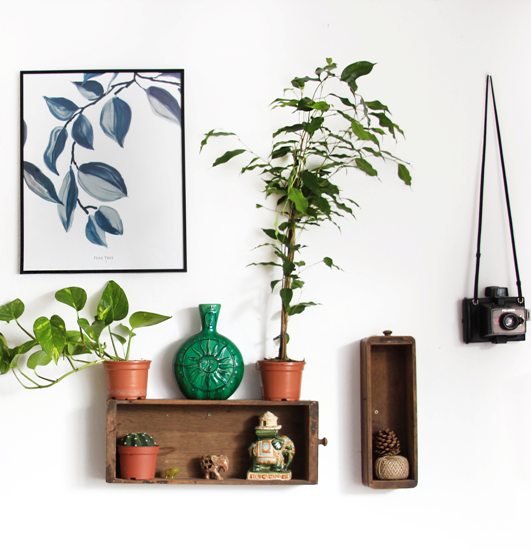As wood lovers, we’re always proud when people drop by our house and compliment the classic vibe of its hardwood floors.
But as time passes, the floor quality decreases along with the house aesthetic. Buying new wood floors may be a good choice, but what to do with the old ones? Can hardwood floors be recycled? If you’re curious about it, keep on reading!

Table of Contents
Can Hardwood Floors Be Recycled?
Yes, we can certainly reuse hardwood floors for various purposes. Wood floors are long-lasting and environment-friendly; therefore, people often reuse them for house modification.
By recycling, we can save up more than purchasing new ones.
When To Reuse Hardwood Floors
Hardwood floors are possible for recycling, but you should check if the floors are ready to reuse or not.
Specifically, you need to measure the length and thickness of the planks. The planks must be at least 6 ft long, and the groove side’s thickness should be more than ⅛ inches. If the measurement comes up to expectation, the planks are ready for recycling.
If there are termites or pests nests inside, you had better examine whether there are any holes in the material. You don’t want to use a woodworm material for modification, do you?
Once you have finished all the inspections and the results turn out well, you can start with the recycling process.
Read: Termite Damage In Hardwood Floors – What To Do [The Best Guidance]
How To Reuse Hardwood Floors
Now, let’s move to our main part. Rest assured that the process of reusing hardwood floors is not too complicated as you thought.
The first step is to gather all the good, complete wood pieces and find storage for them in case you don’t use up. To pull wood floors up, you ought to prepare a mallet, nail claw, and a pry bar. These tools will help speed up tearing wood planks from the floors.
The second stage to do is prising the boards. You can use the pry bar to prize the baseboards first. But remember not to use too much force, or else you will break them. After that, pry the hardwood planks with exposed tongues.
Find the nail part of the last plank and gently slip the pry bar below it to elevate. Please do it cautiously as the plank’s tongue may split. Then rock the pry bar to release the plank. You can redo the process until the materials are lifted safely.
The final stage is to clean up debris. You need to hold the wood on the floors with nails and gather all the debris up with a handy magnet. Remember to remove all staples, nails before transporting retrieved material to a new location for personal usage.
Also read: A Detailed Guide on How to Clean Hardwood Floors After Sanding
Pros And Cons Of Recycling Hardwood Floors

During the process of recycling hardwood floors, you may face some difficulties and challenges. The problem arises if you put reused wood floors in a sun-exposed place. Wood is a light-sensitive material, so stored in a sunlight room may lead to discoloration.
One more thing you should notice is the flexure of the planks. If stored in damp places, wood planks absorb moisture and bend easily, losing their quality to remodeling.

Besides these drawbacks, reusing hardwood floors brings back several benefits for homeowners. Not only is recycled wood furniture environment-friendly and economical, but they also have strong endurance thanks to their origin of old wood trees.
Moreover, old woodworks create a vintage vibe and enhance the home’s aesthetics. Hence, it is significant that we earn more than lose if we recycle hardwood floors.
Conclusion
Can I Recycle Wood Floors? Yes, of course. We utilized that recycled hardwood to create some special wooden toys, like a horse and a dollhouse. Our kids really love them, and they asked us to do more!
You see, it’s really worth trying! Just keep in mind that once you’ve finished the process, you should put all the remaining wood pieces in a dry, well-aired room to prevent them from corruption. If you are more careful, cover them with tarps to anti-dust. That’s it!
Related Post:
- How To Make My Hardwood Floors Smell Good – [The Best Ways]
- Can You Sweep Hardwood Floors With A Broom – Complete Answer For Housewife
- Can You Use Clorox Wipes On Hardwood Floors? – Home Care Q&A
- Precise Guide On How To Rehydrate Wood Floors
